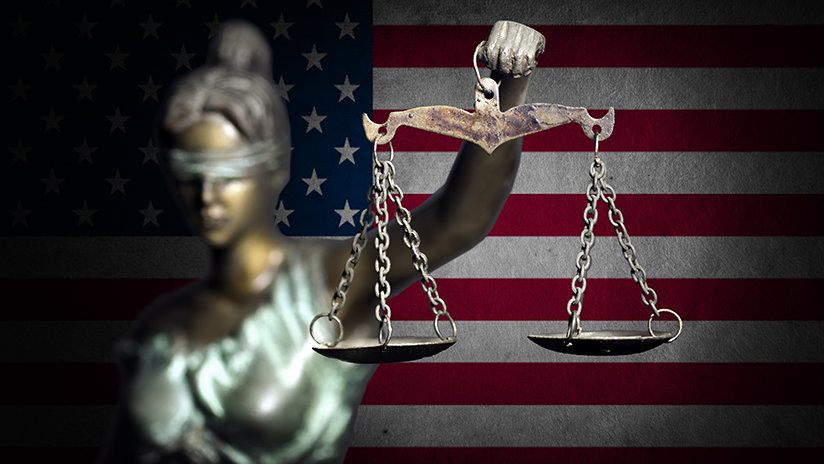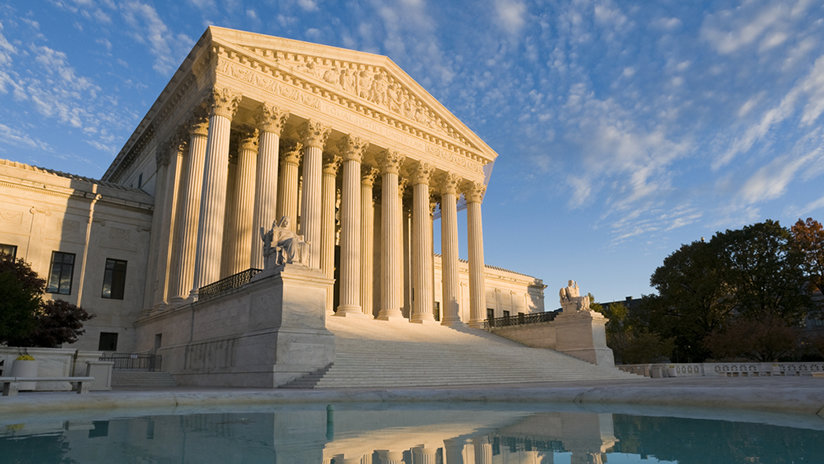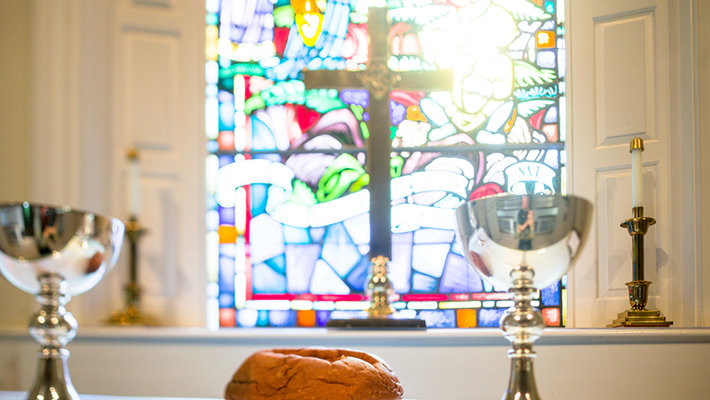
-
HOME
-
WHAT IS STANDOur Mission Our Values Our Help Contact
-
WHAT WE FIGHT FORReligious Freedom Religious Literacy Equality & Human Rights Inclusion & Respect Free Speech Responsible Journalism Corporate Accountability
-
RESOURCESExpert Studies Landmark Decisions White Papers FAQs David Miscavige Religious Freedom Resource Center Freedom of Religion & Human Rights Topic Index Priest-Penitent Privilege Islamophobia
-
HATE MONITORBiased Media Propagandists Hatemongers False Experts Hate Monitor Blog
-
NEWSROOMNews Media Watch Videos Blog
-
TAKE ACTIONCombat Hate & Discrimination Champion Freedom of Religion Demand Accountability
Why Is a Texas School Being Bullied by the Freedom From Religion Foundation?
I recently came across an article about an organization that promotes free thought in the form of atheism, agnosticism and skepticism and the letter they have written to a Texas school stating that it is unconstitutional to fly a flag with a Christian symbol on it. You can see the contents of the letter here.
The Freedom From Religion Foundation (FFRF) claims that the display of religious symbols is unconstitutional and violates the Constitution’s separation of Church and State.

Without even going into my own beliefs, let’s just look at what freedom “FROM” religion means. Merriam Webster, from, definition #2: “used… to indicate physical separation or an act or condition of removal, abstention, exclusion, release, subtraction, or differentiation.”
The definition of the word from in any dictionary does not include to contest, indict, or otherwise denigrate that which one has separated out of.
So, if you desire to not have a belief in a god (or gods) and choose to live that way, why would you attack those who choose a faith, its tenets and practices? Those with a faith don’t attack you or your beliefs.
Some would say it is a public school and run by the government. However, it is funded by taxpayer dollars so it really belongs to the people. If those people have a common belief and desire to fly a flag with religious symbols, then so be it. There is no violation of anything in this.
Now, let’s clear up a huge misconception about the statement “separation of Church and State” as most believe this is actually stated in the Constitution. This statement is not written in the Constitution. Nor is it written in the First Amendment (as is also believed).
The empirical truth here is that we all have the freedom to practice what religion we choose and that freedom cannot be alloyed, contested, disparaged or eliminated by anyone, including the government.
The first ten Amendments to the U.S. Constitution are ratified as the United States Bill of Rights, which adds to the Constitution specific guarantees of personal freedoms and rights, clear limitations on the government’s power in judicial and other proceedings, and explicit declarations that all powers not specifically delegated to Congress by the Constitution are reserved for the states or the people. And pay special attention to that last one: “all powers not specifically delegated to Congress by the Constitution are reserved for the states or the people.” States meaning the individual state governments as opposed to the term State which can encompass the overall or federal government, as is touted in “the separation of Church and State.” People, of course, means anyone.
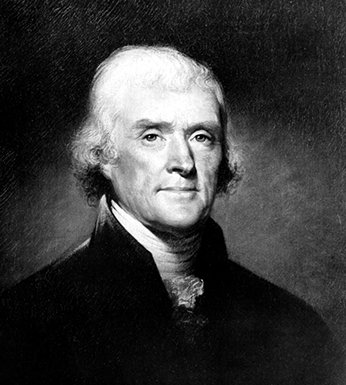
Specifically, the First Amendment states: “Congress shall make no law respecting an establishment of religion or prohibiting the free exercise thereof, or abridging the freedom of speech or of the press, or the right of the people peaceably to assemble and to petition the government for a redress of grievances.”
So where did this idea of “separation of Church and State” come from? The term is an offshoot of the phrase “wall of separation between Church and State,” as written in Thomas Jefferson’s letter to the Danbury Baptist Association in 1802. In that letter, referencing the First Amendment to the United States Constitution, Jefferson writes:
“Believing with you that religion is a matter which lies solely between Man & his God, that he owes account to none other for his faith or his worship, that the legitimate powers of government reach actions only, & not opinions, I contemplate with sovereign reverence that act of the whole American people which declared that their legislature should ‘make no law respecting an establishment of religion, or prohibiting the free exercise thereof,’ thus building a wall of separation between Church & State.”
Jefferson was describing to the Baptists that the United States Bill of Rights prevents the establishment of a national church, and in so doing they did not have to fear government interference in their right to expressions of religious conscience. The Bill of Rights was one of the earliest examples in the world of complete religious freedom (adopted in 1791, only preceded by France’s Declaration of the Rights of Man and of the Citizen in 1789).
The empirical truth here is that we all have the freedom to practice what religion we choose and that freedom cannot be alloyed, contested, disparaged or eliminated by anyone, including the government. Thomas Jefferson calls the First Amendment “that act of the whole American people,” so, it was to serve the purpose of keeping the government out of the affairs of people—their personal beliefs and affairs—which is exactly why we fought for liberation from England!
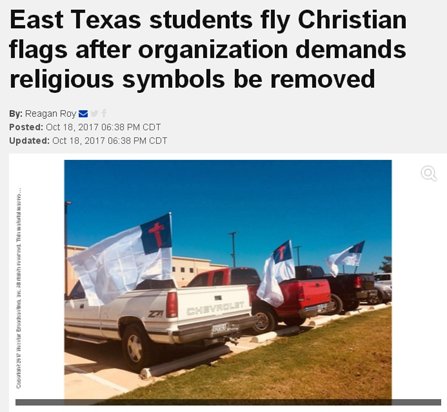
This is why I am stumped. The FFRF makes this claim which can be seen at the bottom of their website: “FFRF is a non-profit, educational organization. All dues and donations are deductible for income-tax purposes.”
Two things are apparent:
1. The FFRF is not just an educational organization in that it attacks religious freedoms and turns those attacks into lawsuits, forcing unconstitutional involvement of the state in religious matters, based on incorrect interpretation of the Bill of Rights. Because, as clearly stated, the government will make no laws concerning religious establishments or prohibit free exercise thereof. By making claims against individuals or organizations and then filing a lawsuit on the grounds that what they are doing is unconstitutional, the courts (government) is literally forced to litigate on the matter.
And 2. The FFRF is, itself, an organization that is anti-religious in nature.
This is not free thinking. This is hostile to religion and to an individual’s freedom of religious choice, as outlined explicitly in the U.S. Constitution and its amendments.
Let those Texas boys and anyone else fly any religious flag they want. It is completely constitutional and within their rights.
Which is why they are fighting back.






